During the holiday season, the Craft Brewing Business editors reluctantly head into the world to buy gifts and attend family gatherings. Before heading out though, let’s take a look at some of the top stories of the year from both the craft brewing industry and original features from Craft Brewing Business.
As brewing artisans, craft brewers use a vast array of hops to paint on a canvas of malt and yeast. Hops can help give beers their defining characteristics, help a brewer establish his or her signature flavor and drive the success of the some of the most popular beers. Hops have also seen growing interest in popularity from small, local farmers who hope to emulate the “small, local” cry of craft brewers to offer a hops alternative. Craft Brewing Business turned over every leaf (and intended every pun) as we scoured the craft beer industry for the best hop stories.
Growing hops trends: The hottest hops and budding industry developments
What does all this head-spinning hops industry market data mean to the craft brewer? Have a plan. Brewers need to have an estimate of how much they plan to brew of a certain style of beer in the coming year. Once a brewer has an idea of the amount of hops he or she is going to need, it’s time to hunt down a supplier. When talking to potential suppliers, be sure to ask about payment and delivery requirements and get down into the nitty-gritty terms and delivery dates of the potential supplier agreement.
As a distributor with a large amount of money tied up in hops, Ward explained the Brewers Supply Group philosophy — everyone needs to make money. The growers, the distributors, the banks who finance these operations all need a slice of the hops pie, and brewers get to make excellent beer out of quality hops.
“Most important, if at all possible, is to visit your suppliers and see first-hand what their operations are all about,” Solberg recommended. “See for yourself where the hops are coming from and how they are being processed, packaged and stored. Quality varies significantly within a single variety in a single crop year, and the less desirable lots get picked up by brokers who sell on short-term opportunities.”
Hops breaking bad: Dispelling common brewing misconceptions
As hop variety trends continue to ebb and flow, brewers are continually finding innovative ways to use hop varieties — old and new. With bold names like Falconer’s Flight and Seven Seas, the latest hops are ushering in a new round of creativity. Meanwhile, traditional go-to hops such as Centennial and Cascade are being used creatively in boundary-breaking brews.
If there was ever a time in the craft brewing industry to take some chances and set yourself apart, it’s right now. The U.S. craft brewing industry is growing, and as pointed out by Matt Hollingbery, accounts manager for Hollingbery and Sons Inc., a family-owned company that sources hops, not every brewery can experience 40 percent growth in the same markets. Brewers will have to work harder to carve out a niche for their beers in a growing marketplace.
There is a cornucopia of hops varieties to play with.
Hops growing gone wild: Farming opportunities have a cost
Local hop farming is a trend that’s sprouting up across the country, literally. In Schuyler, N.Y., David Pasick got the idea to go into hop farming when he found wild hops growing on his barn. He was a big focus in the Utica, N.Y., Observer-Dispatch feature about the budding hop growing interest in New York — one that hopes to supply local craft brewers.
Last year, New York passed a law for a Farm Brewery license that would allow brewers to sell their products off-premises as long as 20 percent of their hops used and 60 percent of all their ingredients were grown in New York state. However, right now, it seems that local-sourced hops are in scarce supply.
A Hop Farmer’s Diary: 30 days in the life of Oregon’s Crosby Hop Farm
Crosby Hop Farm has been growing beautiful Oregon hops in the Willamette Valley for more than 100 years. I’m a 27-year-old, fifth generation hop farmer and have worked on our 250-acre farm since I was young, doing anything from irrigation and tractor-driving to sweeping the floor of the hop picker during harvest.
My dad, Kevin Crosby, has more than 40 years’ experience growing hops. He and my mom, Jennifer, still live on the farm. I have one sister, Jackie, who also helps out. I’m in charge of CHF’s craft brewing sales, where I get to interact with amazing brewers from around the country. I also head up our sustainability efforts, which include being one of the only salmon-safe certified hop farms in the United States. I guess it’s true that farming gets in your blood — maybe even more in hop farming, as it’s such a small and unique community.
The hop is a perennial vine that’s hand-trained to grow up twine hung on 18-ft high wire trellises. Even with modern pruning and harvesting equipment, it requires lots of skilled hand labor. I’m ever thankful for our full-time employees — Beau, Pat, Fermin, Ken and John — and the 35 seasonal workers we’ll hire for harvest. Though farming never has been easy, I’m optimistic about the future and thankful for the opportunity to work in such an interesting and dynamic industry. Now off to the diary…
Local hop farming trend grows into Virginia
Aspiring farmers are starting to grow hops more and more these days, mirroring the growth and entrepreneurial spirit of the craft beer industry itself, and hoping to offer home-grown alternatives to the big name hop sources like Hop Union or Yakima Chief. Many of the hop farming start-up stories this year have come out of New York state, but the idea is spreading all over the country.
TriCities.com, a news source for northeast Tennessee and Southwest Virginia, penned an excellent profile of Virgina hop farmer Justen Kelly Dick, a 35-year-old geologist and environmental consultant who traded in a stable job for the unpredictable job of farming hops, but it was the right move for him.

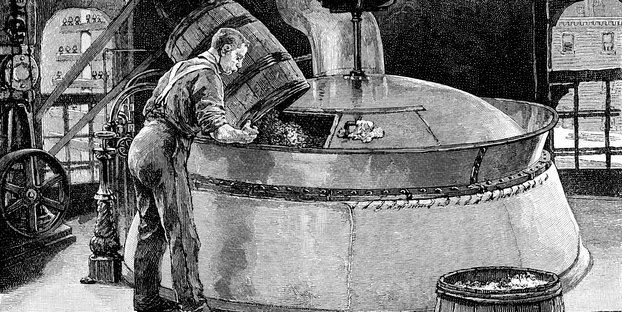
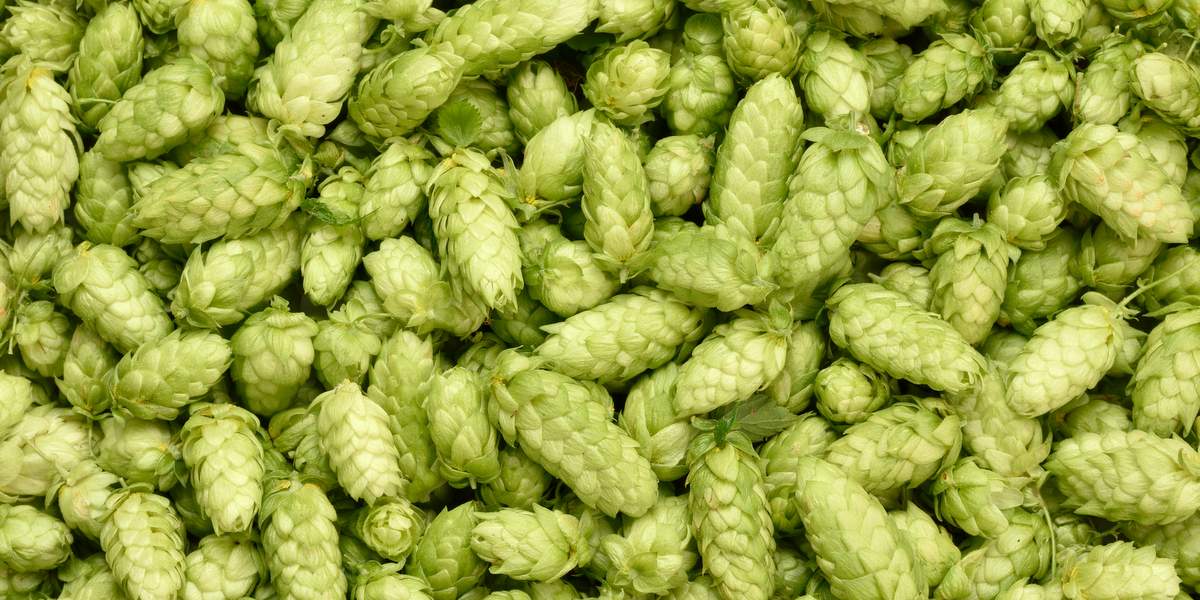
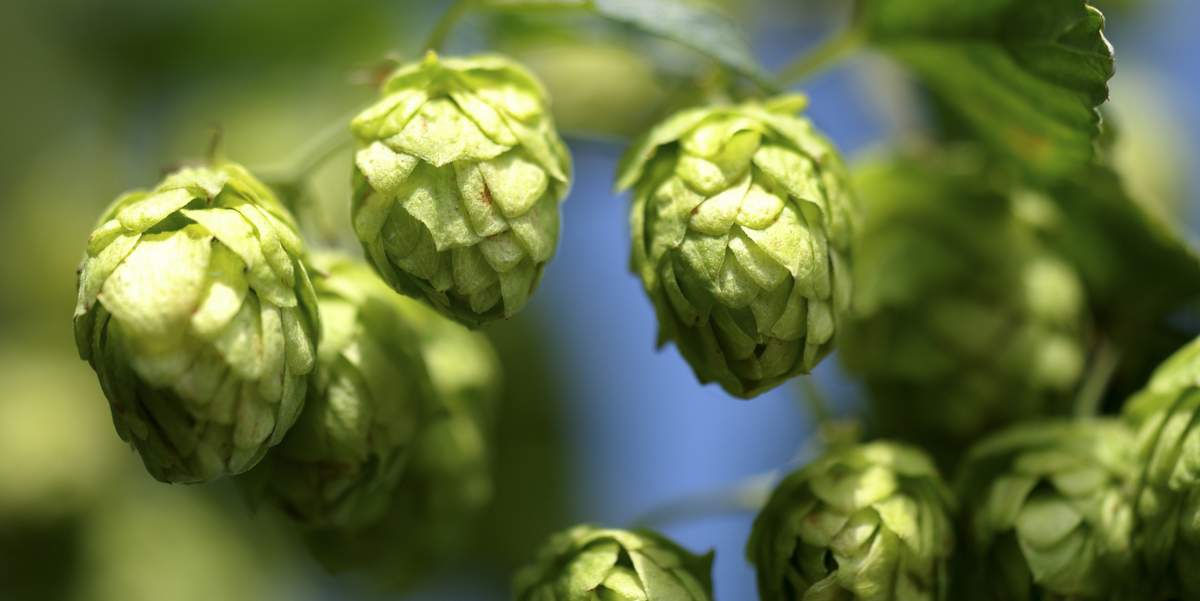
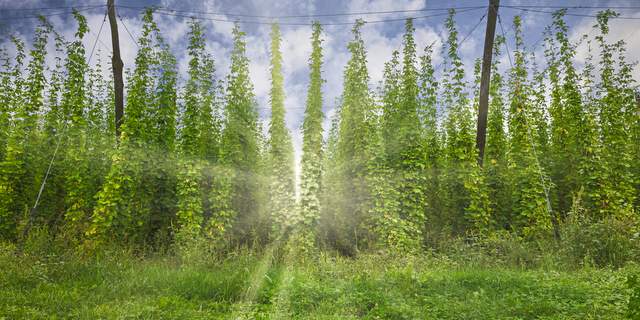
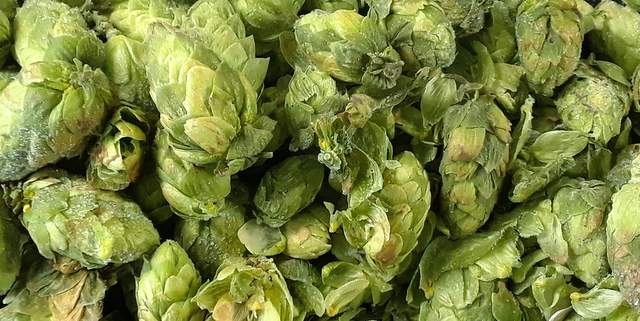
Best of hops: From small growers to growing trends http://t.co/GtPfDcSGfQ